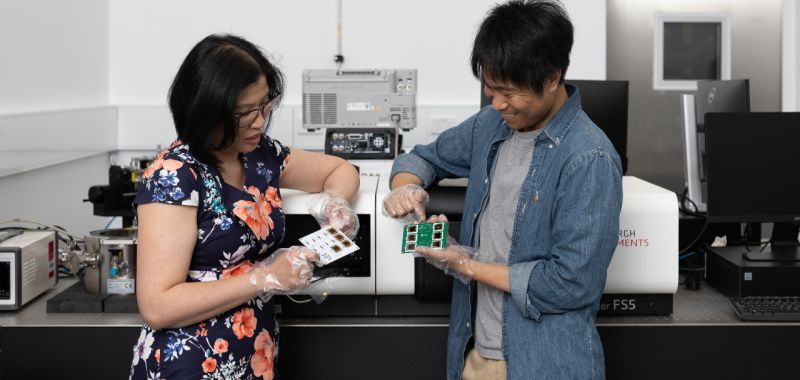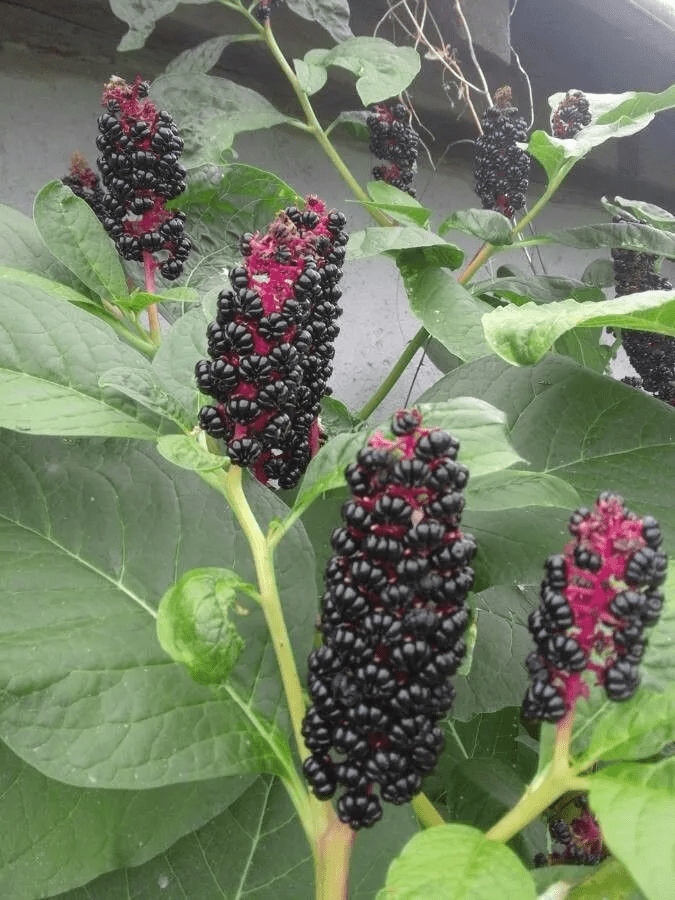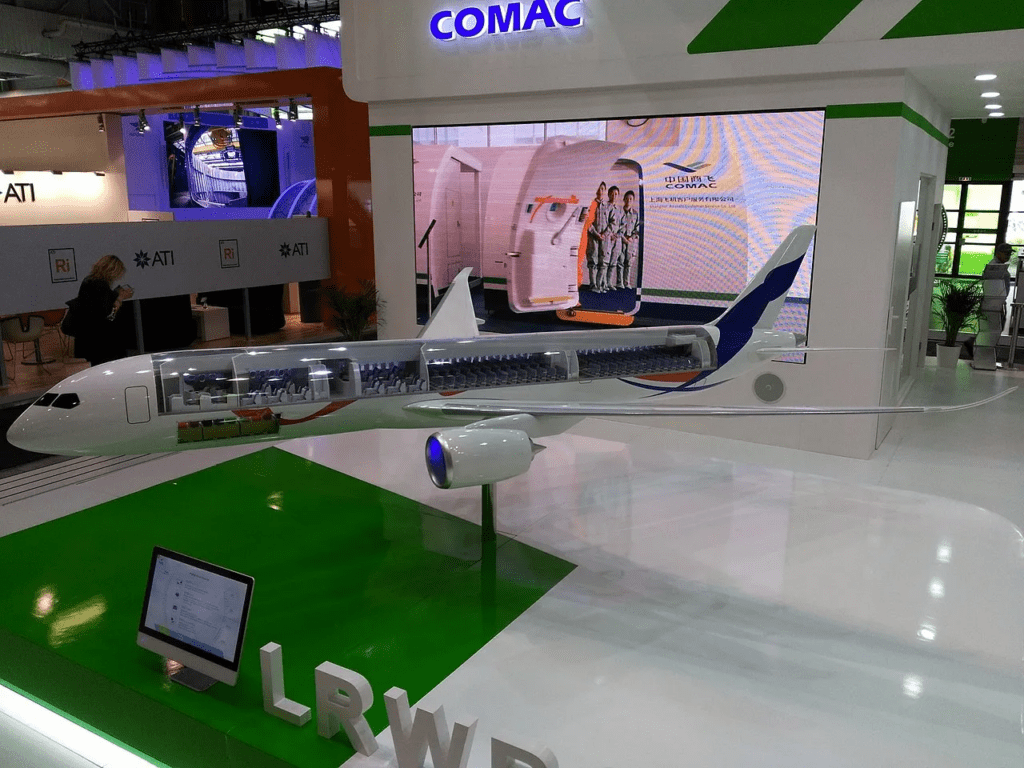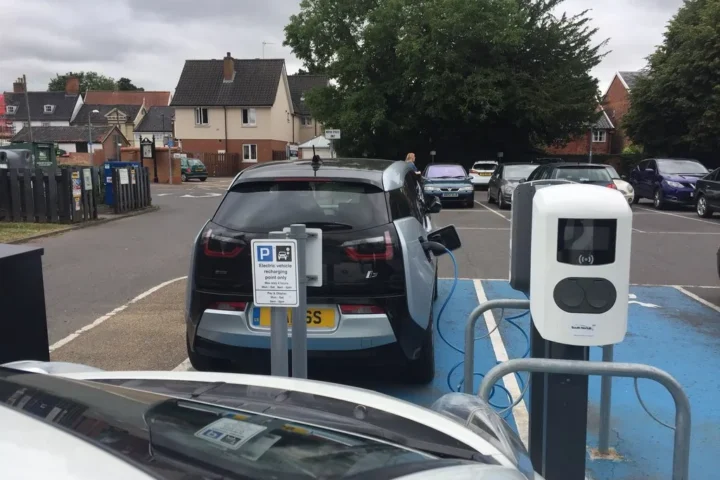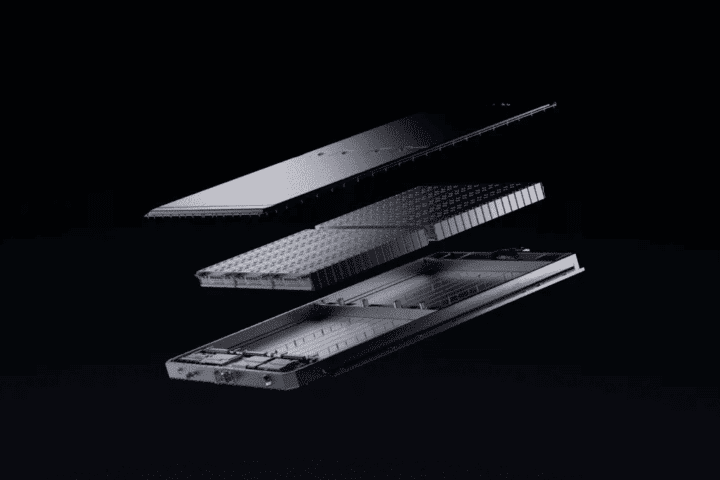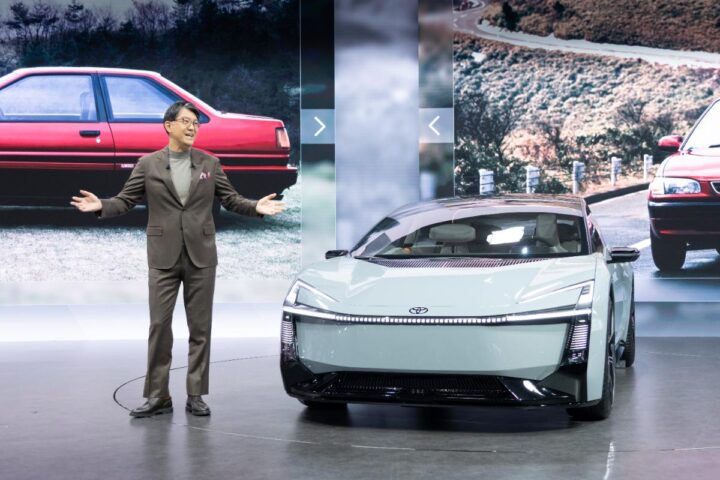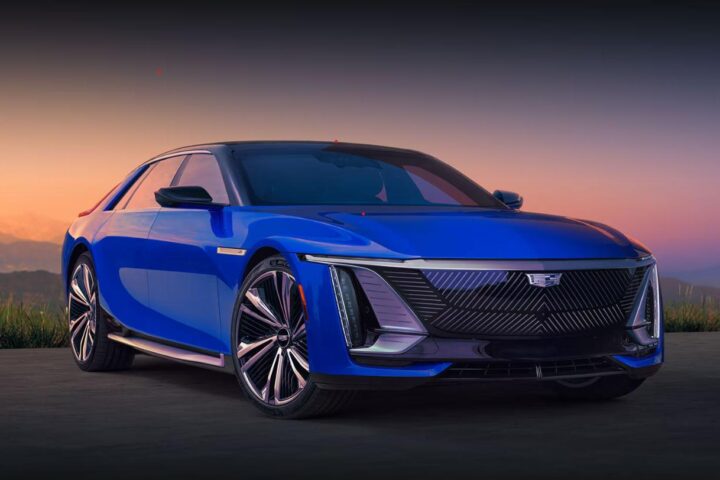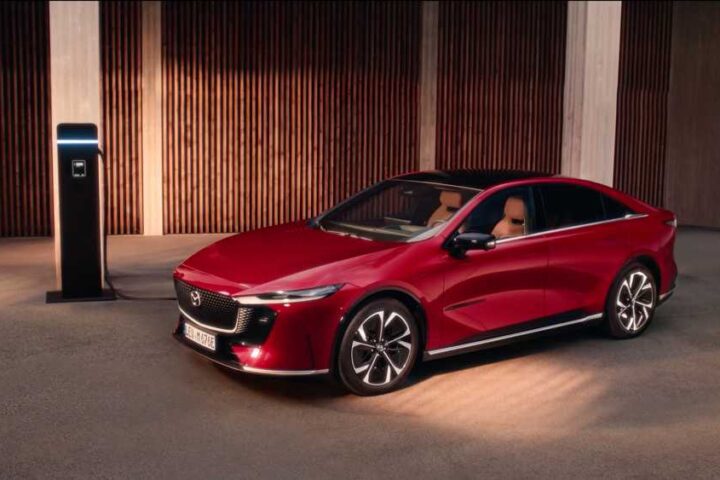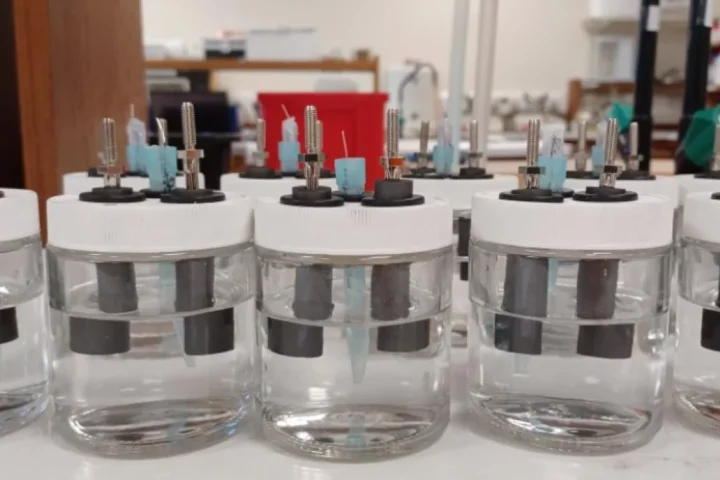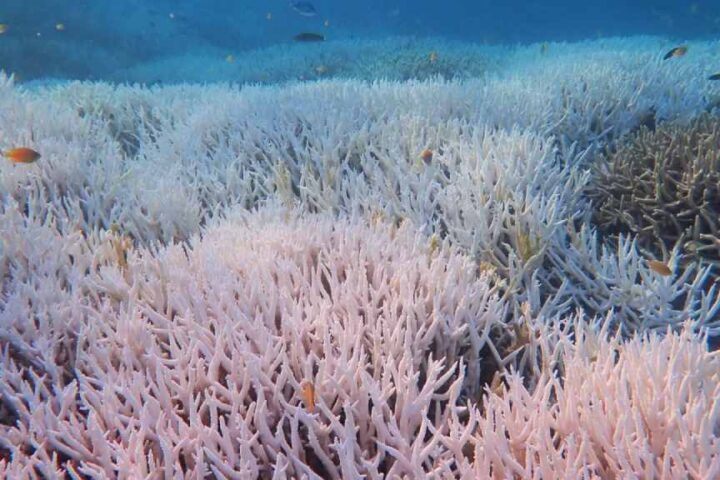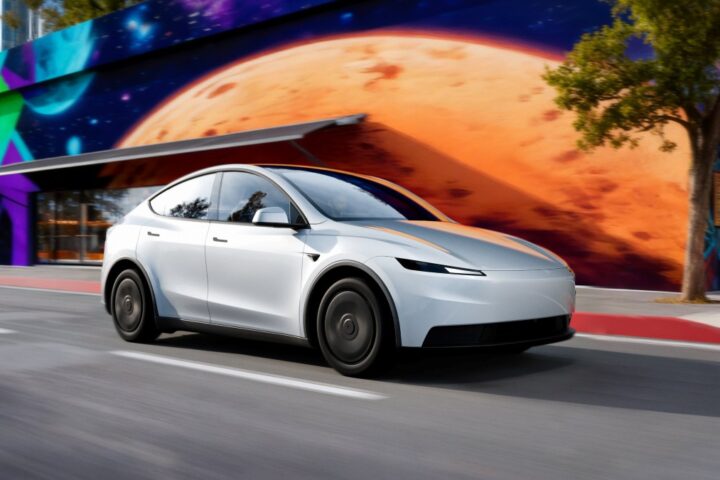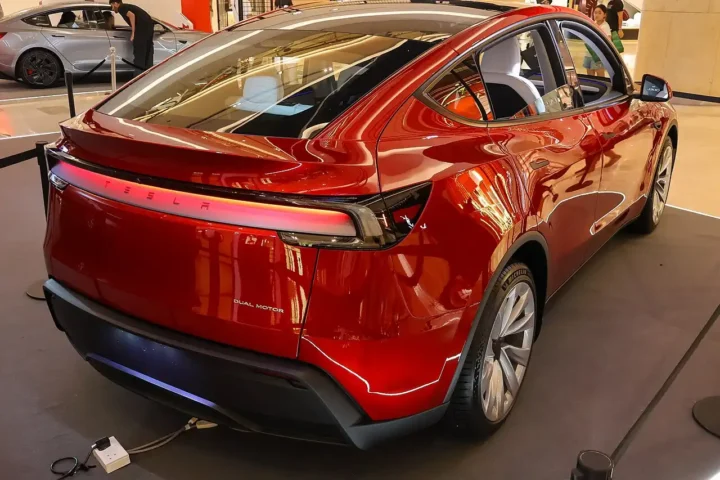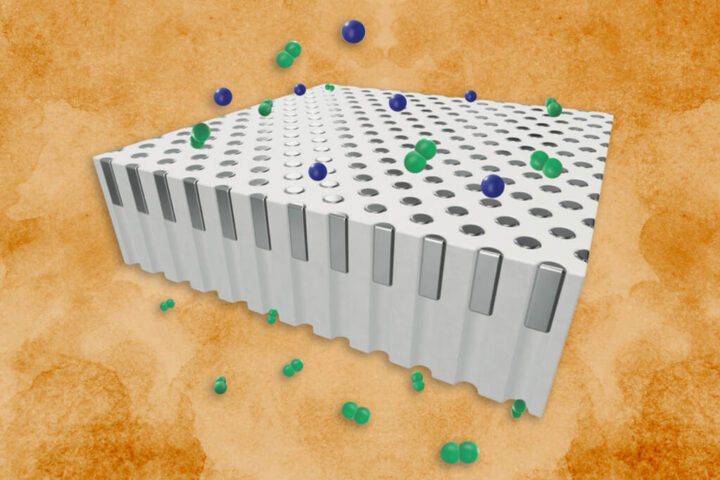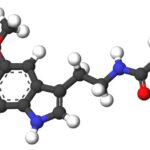Perovskite Solar Cells (PSCs) have been touted as a promising solution for powering low-cost space hardware, thanks to their lightweight structure, affordability, and high efficiency. Australian researchers have propelled this potential further, demonstrating PSCs’ unique ability to recover from radiation-induced damage in Low-Earth Orbit (LEO) environments.
The study, led by Professor Anita Ho-Baillie at the University of Sydney, was a multidisciplinary exploration of PSCs’ response to proton radiation exposure, a significant hurdle for solar technology in space.
Unraveling the Mysteries of Radiation Resistance
“We hope that the insights generated by this work will help future efforts in developing low-cost light-weight solar cells for future space applications,” Professor Ho-Baillie declared.
The team’s focus centered on the hole transport material (HTM), a key component responsible for conducting photo-generated positive charges to the cell’s electrode. By fine-tuning the HTM, the researchers discovered that PSCs could remarkably recover up to 100% of their original efficiency via thermal annealing in a vacuum.
However, not all HTMs performed equally. Cells featuring a prevalent HTM, 2,2′,7,7′-Tetrakis[N,N-di(4-methoxyphenyl)amino]-9,9′-spirobifluorene (Spiro-OMeTAD), and a popular dopant, lithium bis(trifluoromethanesulfonyl)imide (LiTFSI), were less radiation tolerant.
Through chemical analysis, the team found that proton radiation-induced fluorine diffusion from LiTFSI introduced defects to the perovskite photo-absorber’s surface, triggering cell degradation and efficiency losses.
Probing the Potential of Self-Healing Solar Cells
Crucially, cells without Spiro-OMeTAD and LiTFSI, and with HTMs Poly[bis(4-phenyl) (2,5,6-trimethylphenyl) (PTAA) or a combination of PTAA and 2,7-Dioctyl[1]benzothieno[3,2-b][1]benzothiophene (C8BTBT), with tris(pentafluorophenyl)borane (TPFB) as the dopant, showed an absence of fluorine diffusion related damage.
Similar Post
Further, any degradation from proton-radiation in these configurations could be reversed by heat treatment in a vacuum, making them highly desirable for future space-based solar technology.
Lead author Dr. Shi Tang emphasized the significance of this revelation, saying, “Thanks to the support provided by Exciton Science, we were able to acquire the deep-level transient spectroscopy capability to study the defect behavior in the cells.”
Implications and Future Prospects
The discovery paves the way for a future where satellites and other space hardware use resilient, self-healing solar panels. The use of ultrathin, radiation-resistant, and optically transparent sapphire substrates further propels the high power-to-weight ratio, offering a promising path for commercial applications.
This groundbreaking research, published in the journal Advanced Energy Materials, demonstrates the potential of next-generation solar cells that could significantly impact the future of space exploration and energy harnessing.
